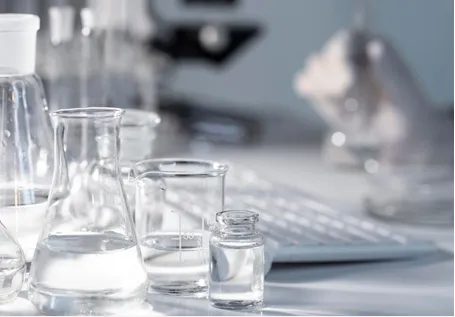The Role of Chemicals in Sewage Water Treatment
In the contemporary world, effective sewage water treatment is essential for maintaining public health and environmental sustainability. With growing populations and industrial discharges, the challenge of treating sewage has become increasingly complex. Chemicals play a pivotal role in the sewage water treatment process, enhancing efficiency, safety, and effectiveness.
Sewage water, primarily composed of waste from households, industries, and commercial establishments, contains a multitude of contaminants, including organic matter, pathogens, nutrients, and heavy metals. The treatment process typically involves several stages, each benefiting from specific chemical agents to aid in the breakdown and removal of these pollutants.
Coagulation and Flocculation
At the initial stage of sewage treatment, coagulation and flocculation occur. This process helps to aggregate small particles into larger clumps, known as flocs, making them easier to remove from the water. Chemicals such as aluminum sulfate (alum) and ferric chloride are commonly used as coagulants. They destabilize the electric charge of suspended particles, allowing them to come together and form larger aggregates. Once these flocs form, they are easier to separate from the liquid during sedimentation.
Disinfection
After the removal of solid particles, the next crucial step is disinfection, aimed at eliminating pathogenic microorganisms. Traditionally, chlorination was the most common method employed, utilizing chlorine or chlorine compounds to kill harmful bacteria and viruses. However, concerns over the formation of harmful byproducts, such as trihalomethanes, have led to the introduction of alternative disinfectants such as ozone and ultraviolet (UV) light. Ozone gas, being a powerful oxidizing agent, effectively disinfects without leaving harmful residues. UV light serves a similar purpose, inactivating microorganisms without the use of chemicals, though it requires careful monitoring of water quality and exposure duration.
Nutrient Removal
sewage water treatment chemicals

Excessive nutrients, particularly nitrogen and phosphorus, can lead to eutrophication in receiving waters, resulting in harmful algal blooms and hypoxic conditions. To combat this, chemical agents like polyaluminum chloride and various forms of ammonium sulfate may be added to facilitate nutrient removal. In biological treatment processes, the use of these chemicals can enhance the activity of microorganisms responsible for breaking down nitrogen and phosphorus compounds.
pH Adjustment
Another important aspect of sewage treatment involves maintaining the appropriate pH levels for optimal microbial activity and chemical reactions. Chemicals such as lime and sulfuric acid can be added to adjust pH as necessary. An ideal pH range promotes effective coagulation, flocculation, and disinfection. If the pH is too low or too high, the efficiency of biological treatment processes can diminish significantly, leading to inadequate pollutant removal and potential regulatory compliance issues.
Membrane Filtration and Additional Chemicals
In advanced sewage treatment systems, membrane filtration technologies are often employed to achieve higher levels of treatment. Chemicals such as surfactants may be added to enhance the performance of membrane systems by reducing fouling and increasing permeate quality. Additionally, chemical additives like antiscalants can prevent the formation of scale on membrane surfaces, further enhancing operational efficiency.
Conclusion
The use of chemicals in sewage water treatment is crucial for effectively managing the complexities of wastewater. While traditional methods such as coagulation, disinfection, and nutrient removal rely on specific chemical agents, innovations in treatment technologies continue to evolve. As environmental regulations become more stringent and public awareness of water quality increases, the role of chemicals in sewage treatment will only become more significant. Striking a balance between effective treatment and environmental sustainability remains a challenge, requiring ongoing research and development to optimize chemical use. Ultimately, the goal is to convert treated sewage into a resource that can be safely returned to the ecosystem or reused efficiently, contributing to a more sustainable water management strategy.

